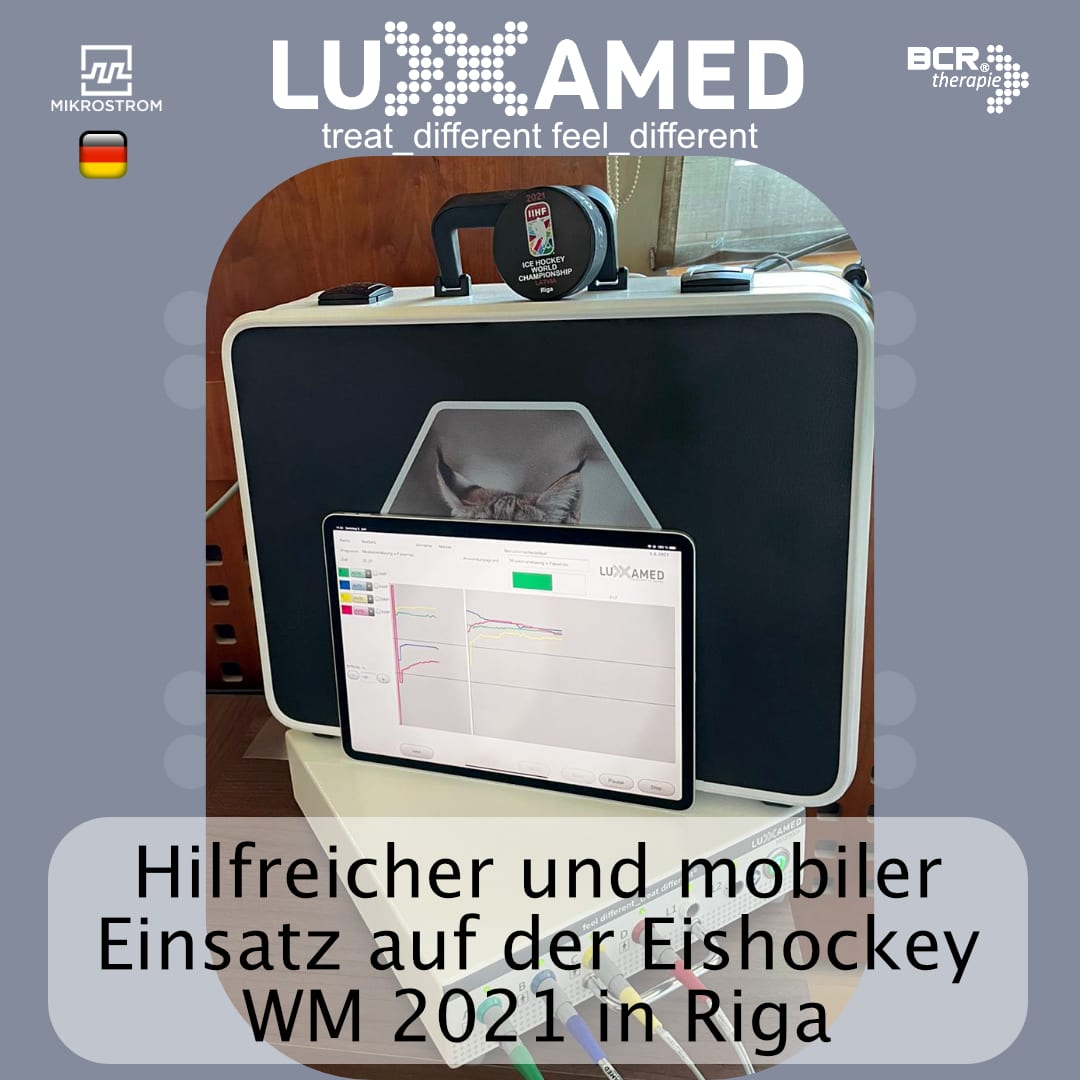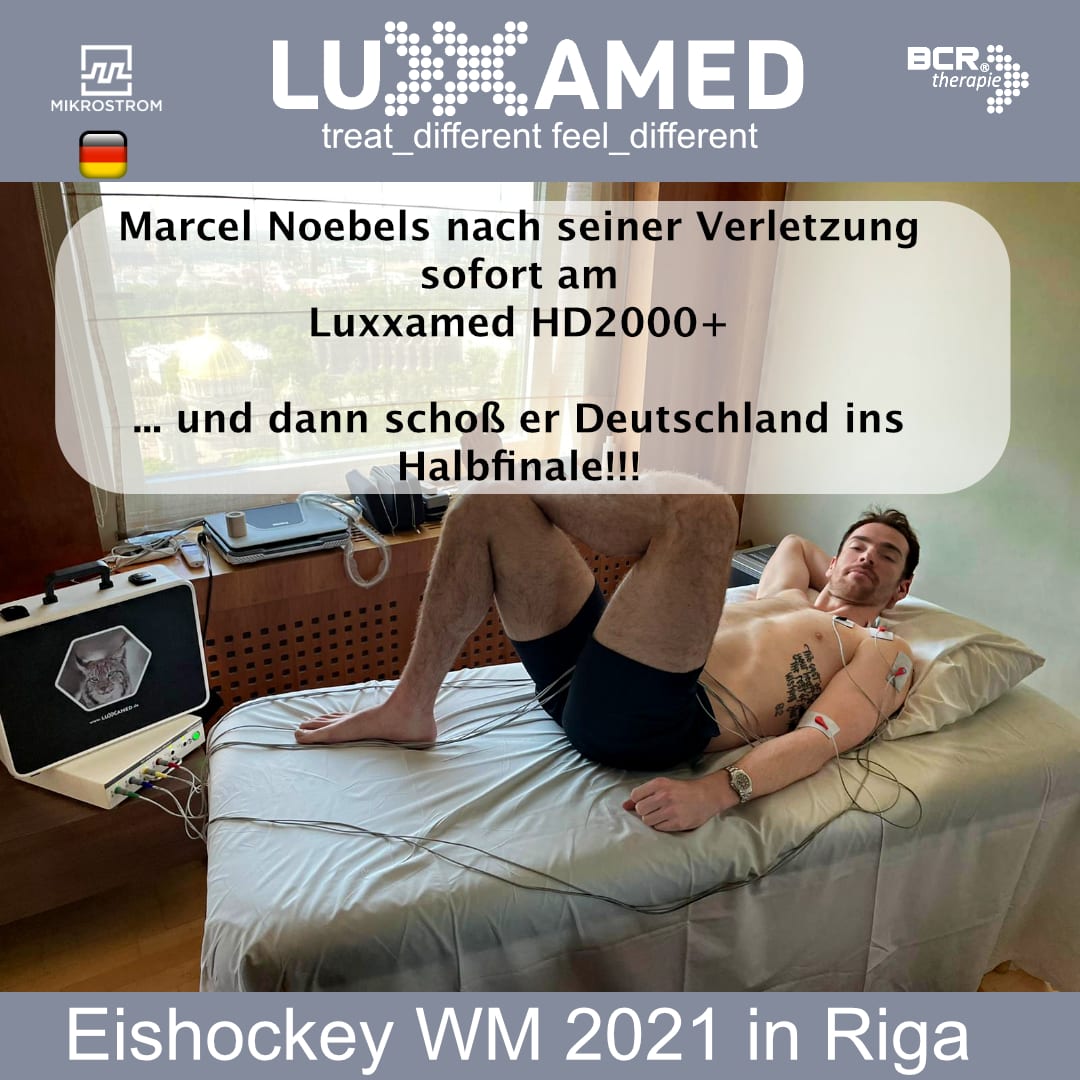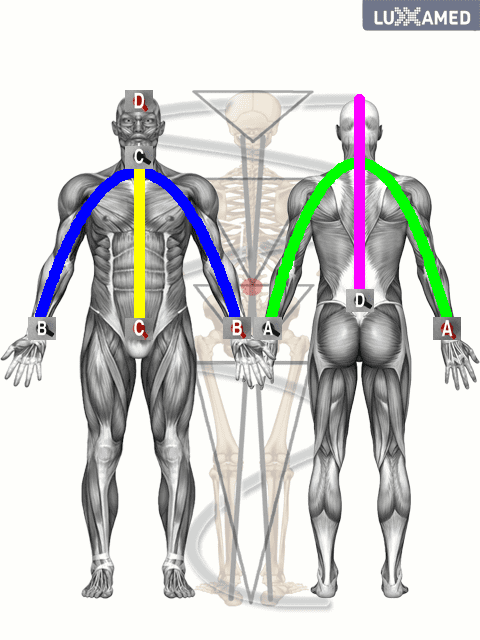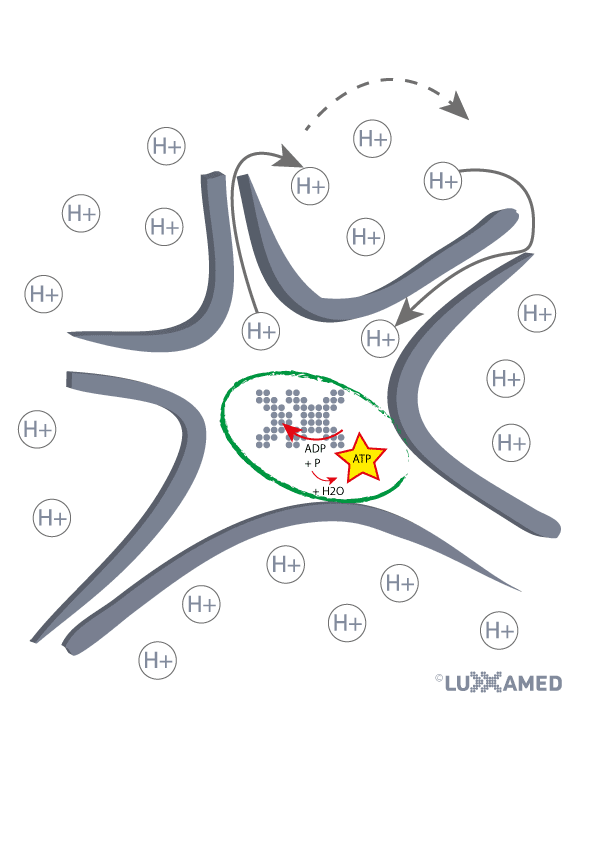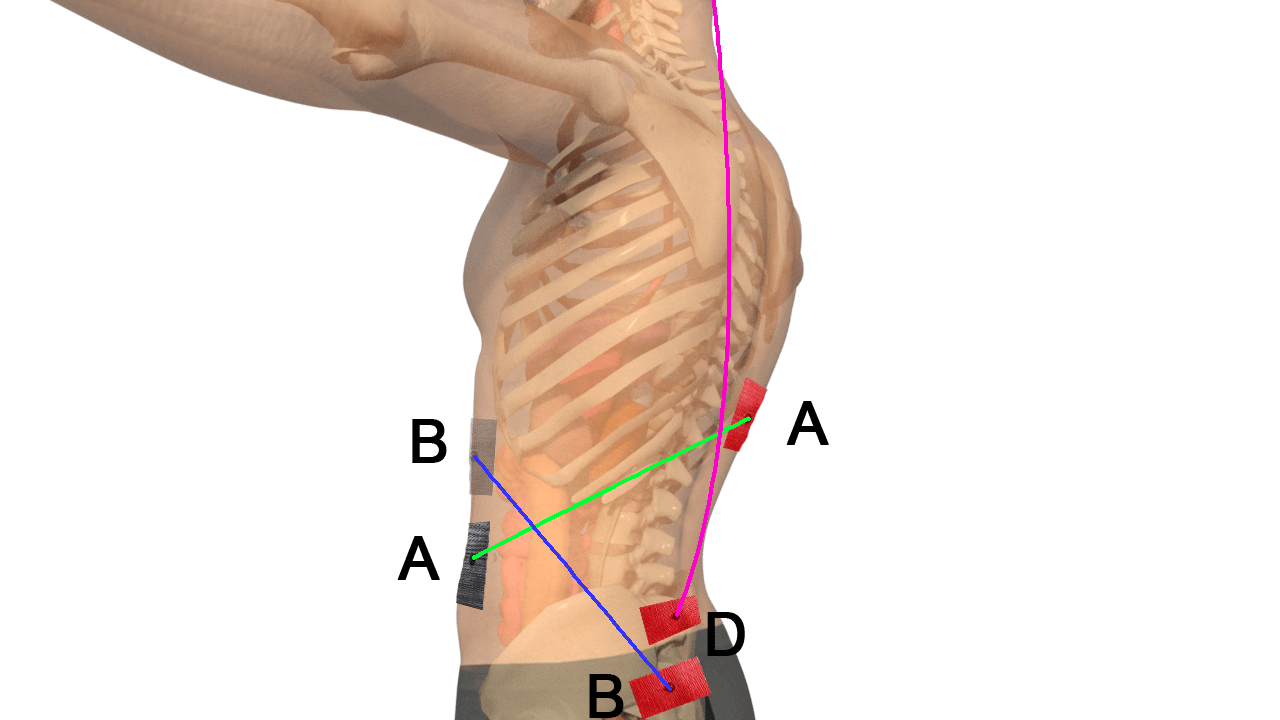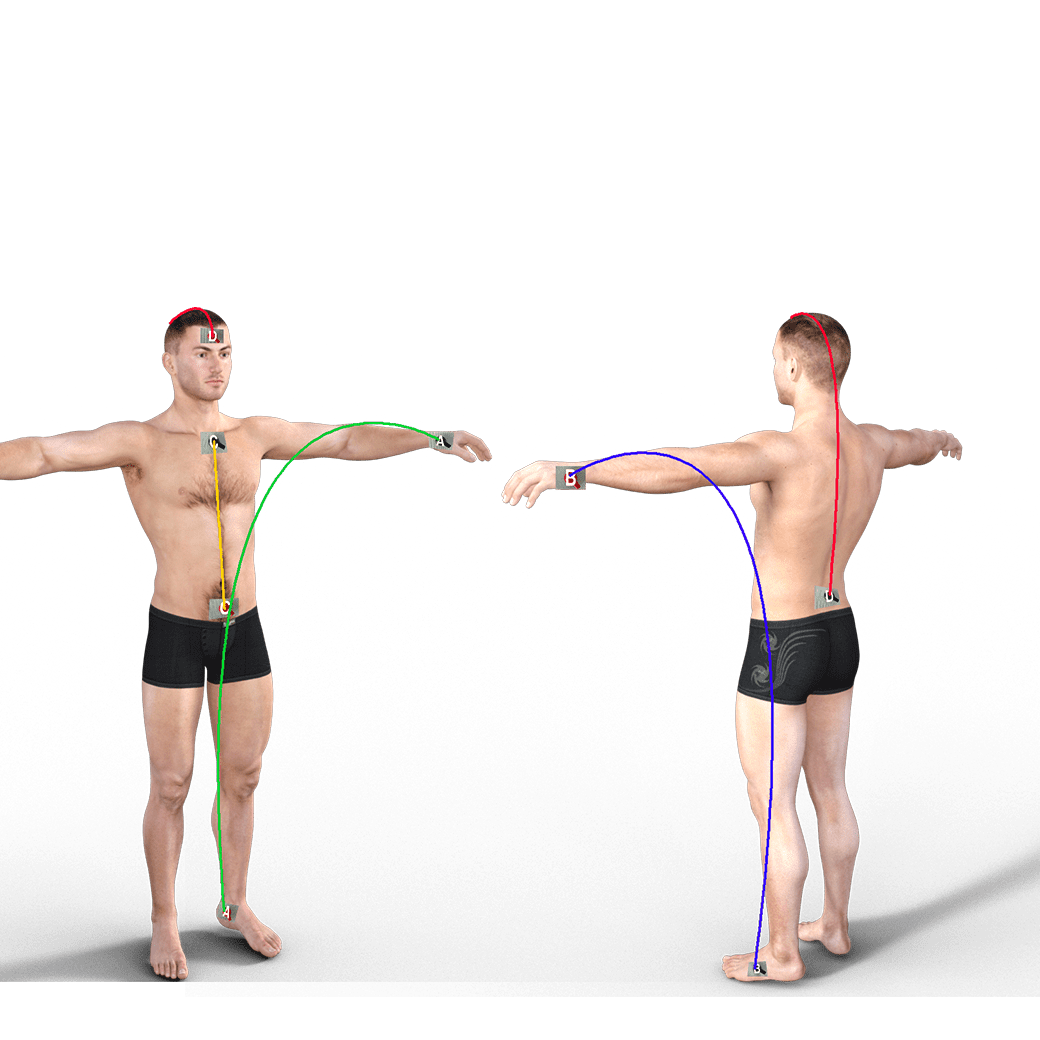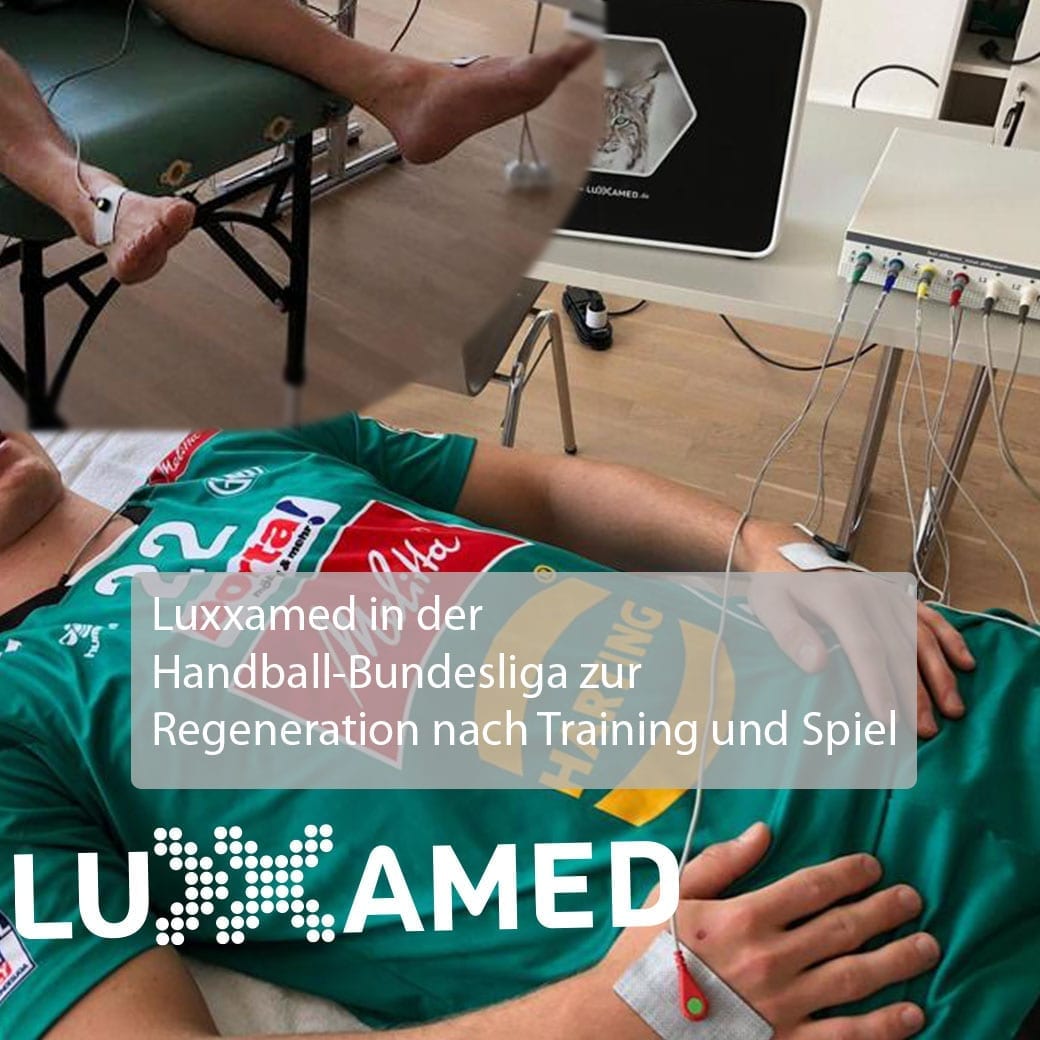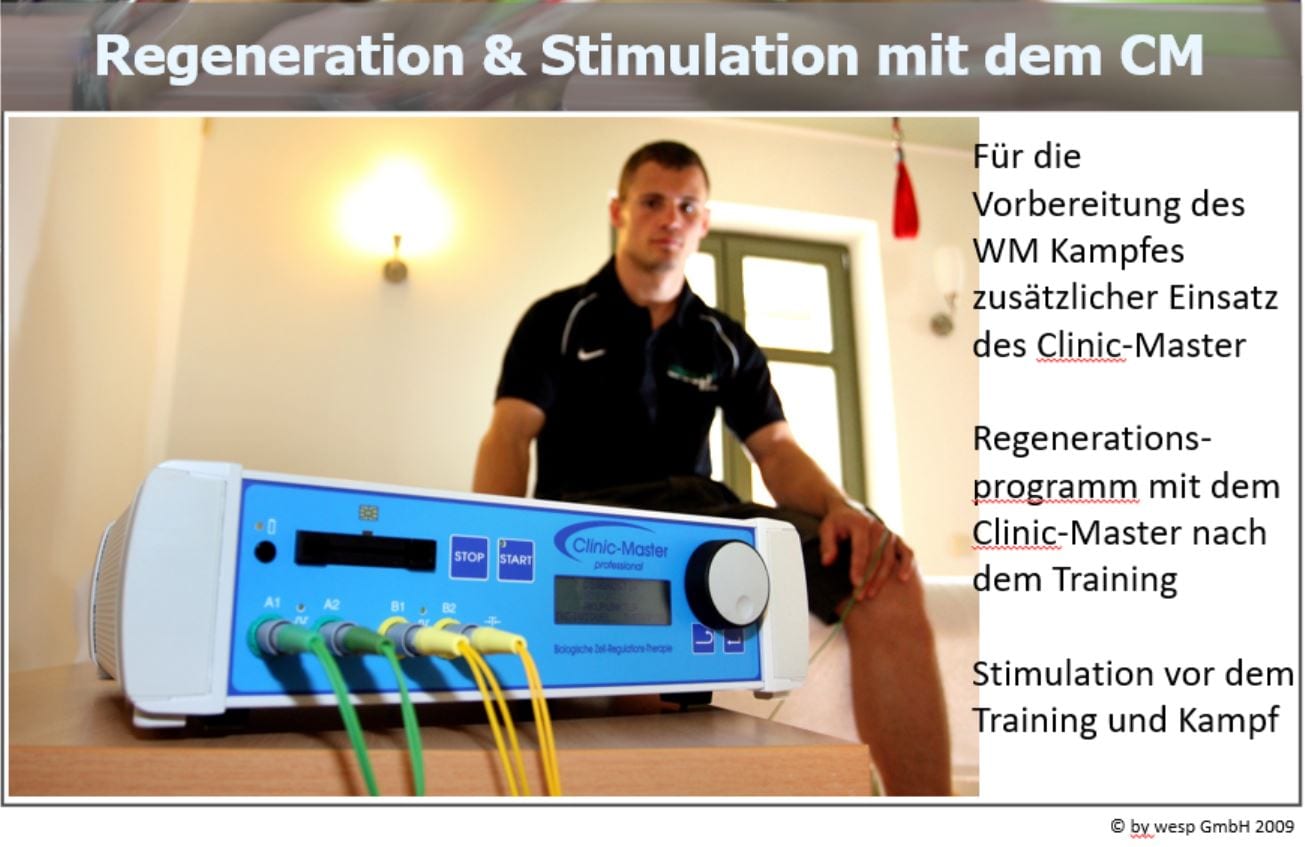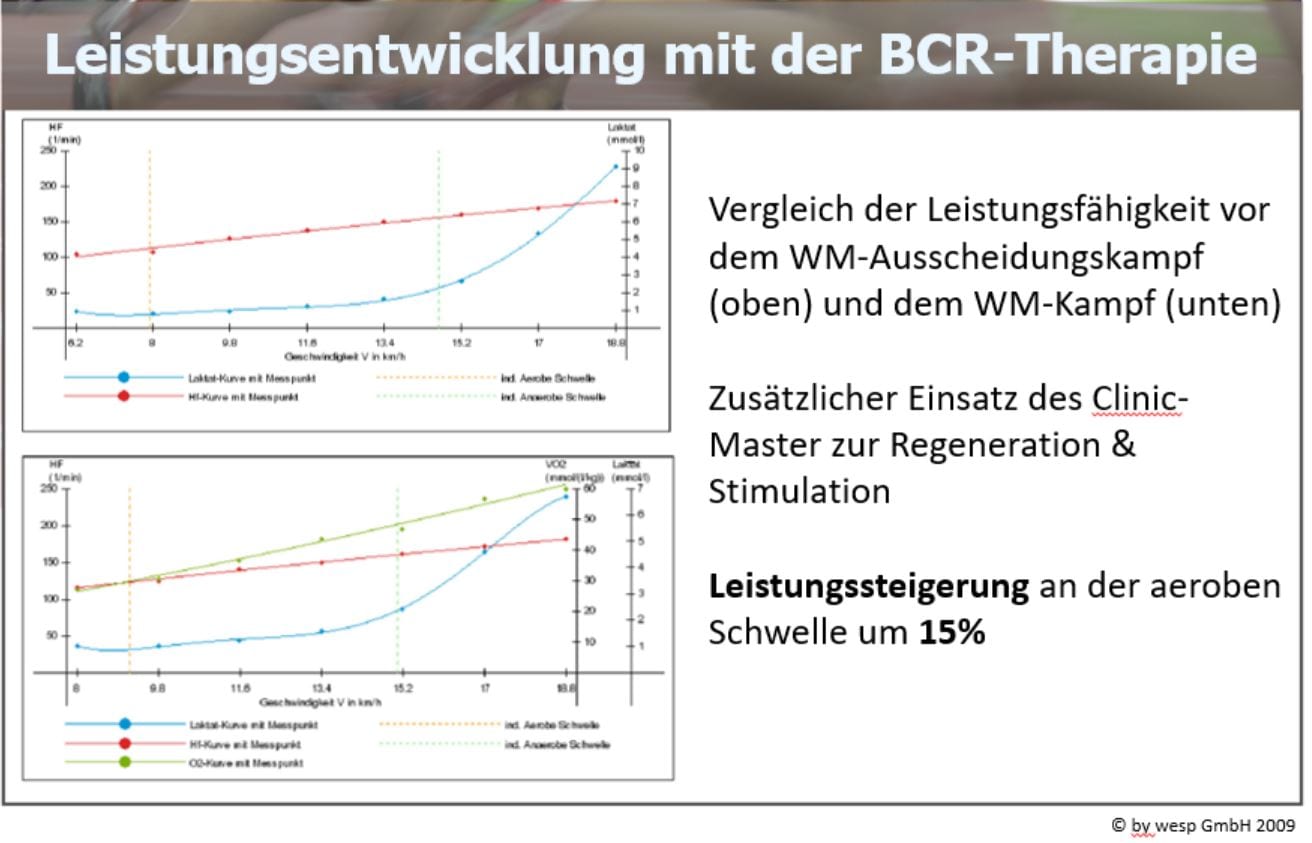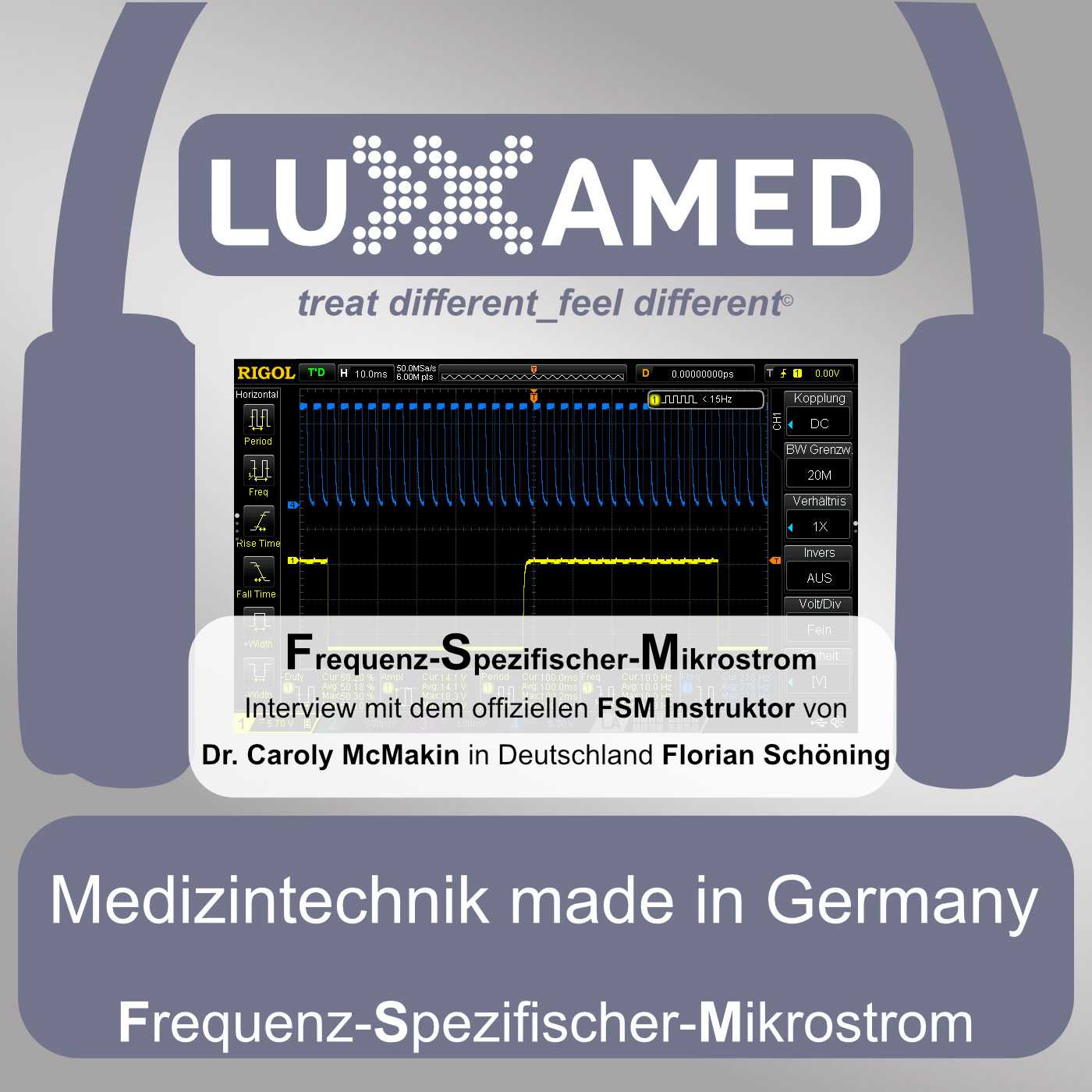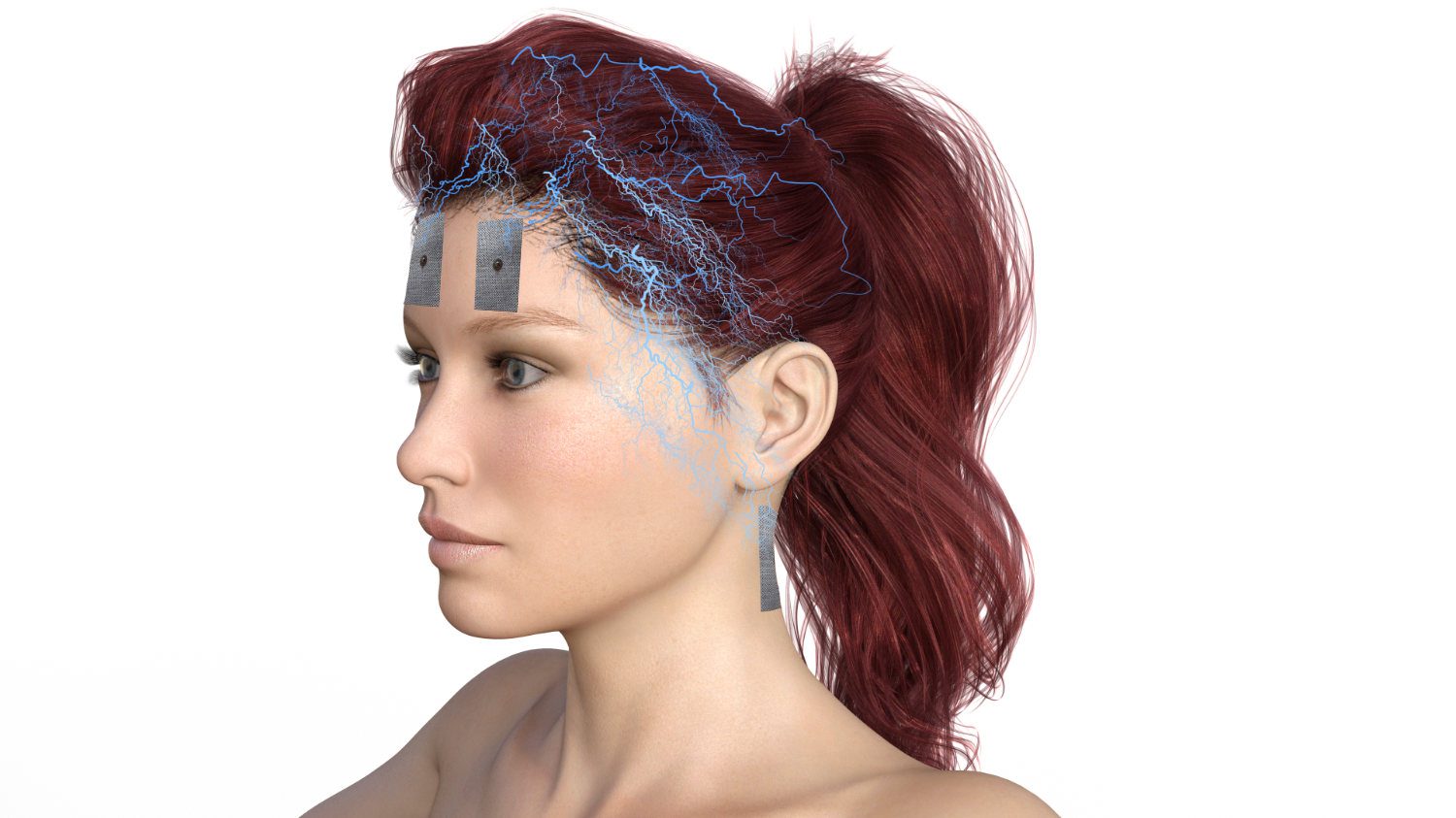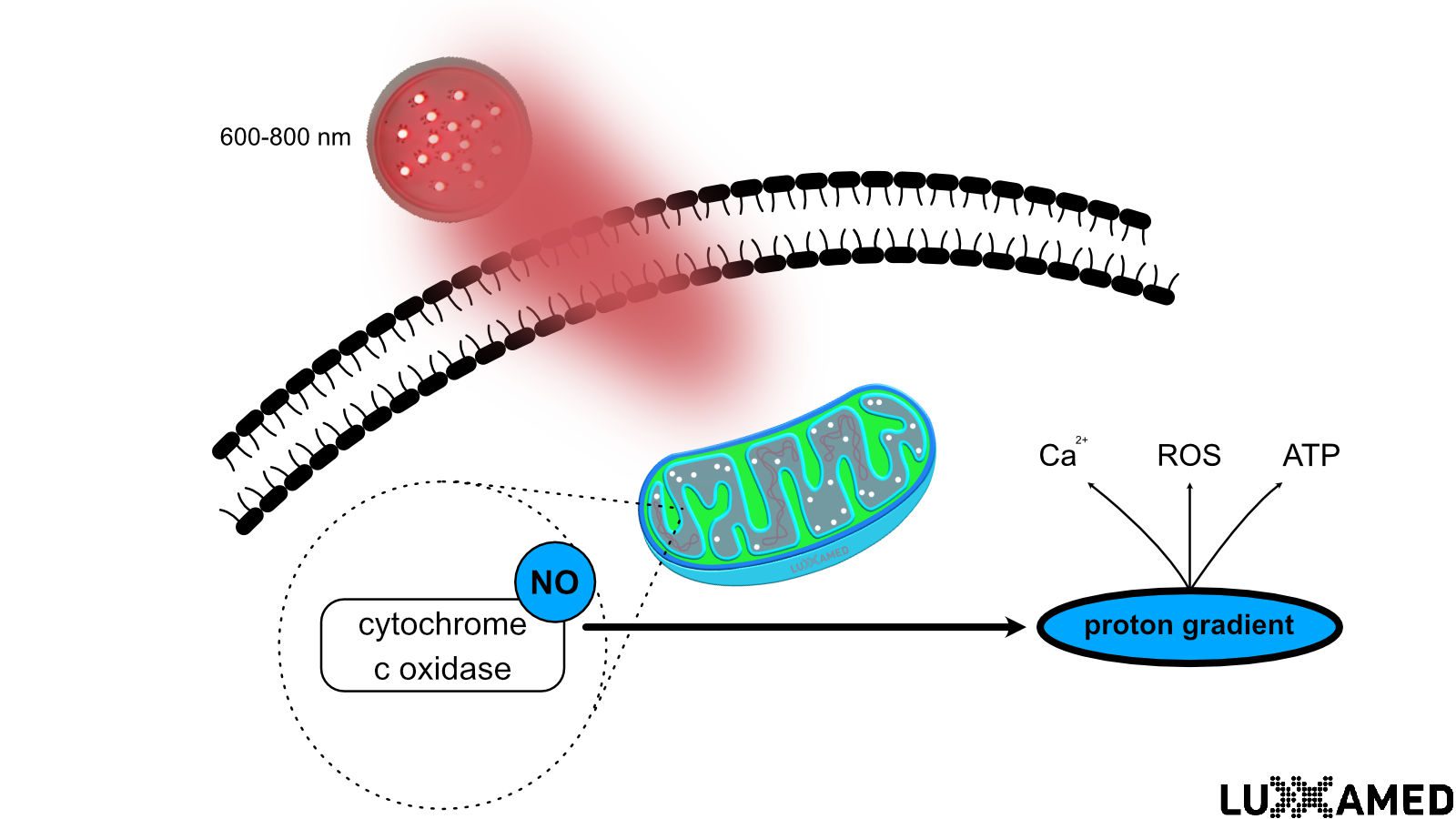Dieser Beitrag ist auch verfügbar auf:
![]() Deutsch
Deutsch
Sports regeneration and performance enhancement with Mikrostorm
A study shows what microcurrent brings in sports regeneration and increased performance!
Microcurrent has been used successfully for a long time in sports regeneration and in increasing sports performance. The ability of the frequency-specific microcurrents to improve the ATP (adenosine-5-triphosphate) regeneration (Cheng et al., 1982) helps the metabolism and the cells to fill the energy stores required for regeneration more quickly.
We already have one with the Clinic-Master professional examination carried out for sports regeneration and sports performance enhancement. The then boxing world champion in the super middleweight division, Robert Stieglitz, was supervised by two sports scientists. In preparation for a world championship fight, the Clinic-Master and the Vital-Master were then used.
Study on sports regeneration and sports performance enhancement with microcurrent
In conclusion, microcurrent therapy was found to cause faster HHb and slower VO2 on-transition kinetics during exercise, with higher lactate levels immediately following treatments. The sympatho-vagal equilibrium was shifted towards a state of parasympathetic predominance, resulting in post-stimulation sports regeneration performed after cycling. These results could be due to the increased vasodilation and hyperemia that result from the stimulation. It seems plausible to look at microcurrent as an electrotherapy designed to improve sports regeneration through faster parasympathetic reactivation after exercise. The lack of a positive effect on VO2 transition kinetics could in part be attributed to methodological procedures such as the arbitrary choice of stimulation intensity and duration. (Piras et al., 2021)
In the present study, the lactate values after microcurrent therapy were significantly higher both before and after training, while the participants had the same lactate values during cycling with constant stress in both test conditions. We can speculate that higher lactate levels may have caused vasodilation at the muscle level through the changes in osmolarity and acidity necessary to speed up the HHb transition kinetics but not high enough to speed up the VO2 transition kinetics . (Piras et al., 2021)
In addition, the authors found a significantly different effect on the parameters of the autonomic nervous system, with a higher increase in vagal reactivation (RMSSD and HF band of the HRV frequency spectrum) after microcurrent compared to shame exposure. In addition, the sympathovagal balance, assessed by the LF / HF ratio, was shifted towards a state of parasympathetic predominance and showed faster recovery after microcurrent treatment than in the control condition. (Piras et al., 2021) This proves one of the most important aspects in sports regeneration and increased sports performance.
More muscle strength with microcurrent – sports regeneration and increased sports performance
In their literary consideration of the effects of microcurrent, the authors referred to Kwon et al. (2017) who examined how microcurrent therapy affects the Muscle function affects. After 40 minutes of use in the elderly, Kwon et al. (2017) found that muscle function, measured on the handle and one-legged heel rise, improved.
swell
CHENG, N., van HOOF, H., BOCKX, E., HOOGMARTENS, MJ, MULIER, JC, DIJCKER, FJ de et al. (1982). The Effects of Electric Currents on ATP Generation, Protein Synthesis, and Membrane Transport in Rat Skin. Clinical Orthopedics and Related Research, & NA; (171), 264-272. https://doi.org/10.1097/00003086-198211000-00045
Kwon, DR, Kim, J., Kim, Y., An, S., Kwak, J., Lee, S. et al. (2017). Short-term microcurrent electrical neuromuscular stimulation to improve muscle function in the elderly: A randomized, double-blinded, sham-controlled clinical trial. Medicine, 96 (26), e7407. https://doi.org/10.1097/MD.0000000000007407
Piras, A., Zini, L., Trofè, A., Campa, F. & Raffi, M. (2021). Effects of Acute Microcurrent Electrical Stimulation on Muscle Function and Subsequent Recovery Strategy. International Journal of Environmental Research and Public Health, 18 (9). https://doi.org/10.3390/ijerph18094597

